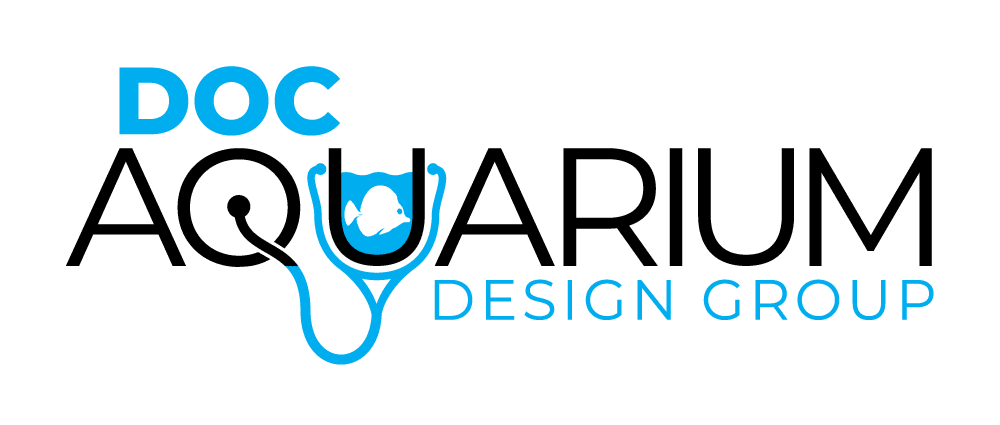Doc’s Phoenix Montipora Capricornis
$45.00
Fragments are approximately 3/4″ – 1″ inch in diameter and fully encrusted. We also ensure you will get both green and red with each frag in good proportions.
20 in stock
20 in stock
This is a unique coral because it was created by DocAquarium. Around 2010 a red Montipora capricornus was sitting on the reef below a green Pocillopora coral. The returns directly above the Pocillopora must of blown some of the green corals reproductive tissue onto the Monti cap and presto, a green dot appeared. As we noticed the green dot getting larger it was under unanimous vote to frag it. We brought it back to the shop and cut right through the green dot. Years later the striations grew, and some parts blended the two colors together forming a pinkish green color. This piece never grafted to make the patterns but more like protein infused. We can now graft the two together making different patterns. We always use this coral in our custom reef tank installations as it adds awesome color and patterns that grow out different in every piece. Life is like a Phoenix monti cap, you never know what you’re gonna get.
Montipora corals are a little easier than acropora and Doc recommends regular testing for best results. Many Montipora species like the Capricornis species are tabling and can shade the reef below if placed up high. For the shelving types it is best to place them at the lower 1/3 of the tank or even on the floor of the aquarium.
Lighting: medium – strong lighting 150-350+ PAR.
Flow: medium – high
Care Level: Easy – intermediate- advanced
Original Location Range: Indonesia, Coral Triangle, South Pacific
Grown in our California coral farm where we provide zero impact corals
Water chemistry: Calcium 400-450, Magnesium 1350, KH 7-9.5, pH 8.1-8.4, Nitrates .01-10, Phosphates .01-.1 salinity 1.026
Temperature Range: 74- 81 Fahrenheit
Dosing: Doc highly recommends automated dosing of Ca, Kh and other elements to provide ultimate stable water chemistry throughout the day. It is important there are no fluctuations especially with Kh/alkalinity. For more information on dosing and products click here.
Attachment and placement: Use epoxy and reef glue gel. Clip off as much of the plug or disc possible. Add a small amount of coral glue to the underside of the disk. Mix up enough two part epoxy to create a small mound and dab it a few times into the glue to get it tacky then press and mold a conical shape. Add a few small daps to the tip of the cone dabbing the glue so it really sticks to the epoxy. Press the coral disk onto the desired location and press the epoxy flat around the disk. Be sure the coral is fully secure, the coral should never fall off the reef. The epoxy part can be skipped using only the extra thick reef glue gel. Be sure to rub a little reef glue onto the reef section and there is enough reef glue on the coral plug to set it securely.
In all our aqaurium builds we like to place the branching montiporas in the mid to upper section of the reef aquaria. Most will grow branching out pretty open and not shade the reef below much. The plating Capricornis species should go in the lower section and even on the floor as they shelf out and shade the area below.
Click here for our favorite epoxy and reef glues.
Trouble shooting: Montipora species, particularly the Capricornis strain, will develop fading corals if nutrient levels go to low or there is a lack of elements that help with the corals color. Another big problem is the Montipora eating nudibranchs. It is very important to quarantine Montiporas for a minimum of a few weeks to ensure this pest is not transferred to your display tank. If you do end up with nudibranchs from another source, the easiest and best way to eradicate them is by starvation. Remove all Montipora pieces for 3 months and the nudibranchs will die off. Wrasses are very helpful with eating nudibranchs although the nudibranchs come out at night while fish are sleeping.
| color | Blue |
|---|







Reviews